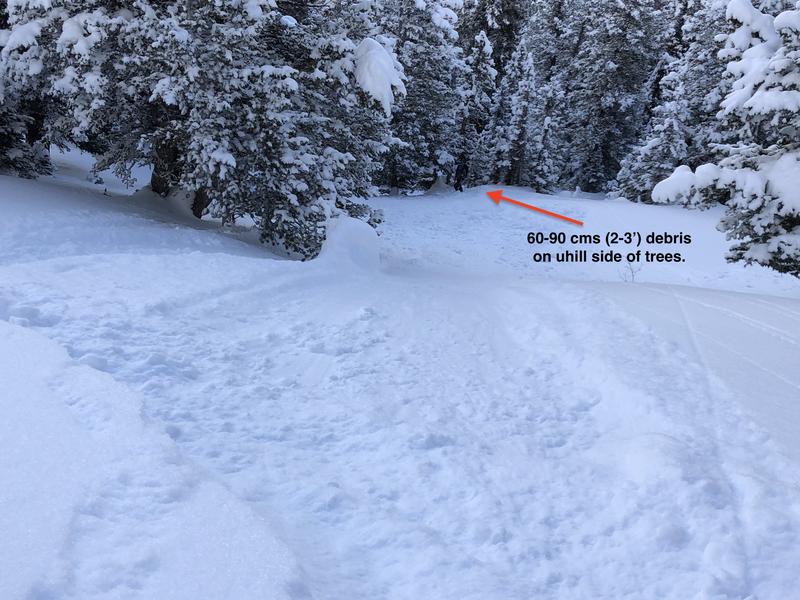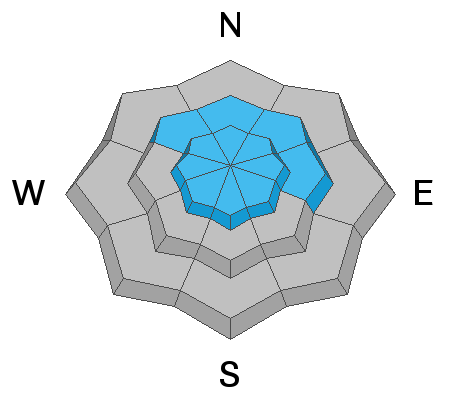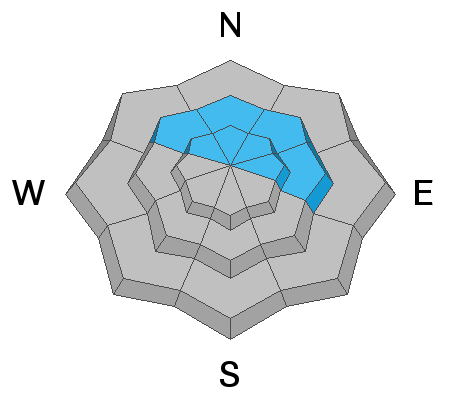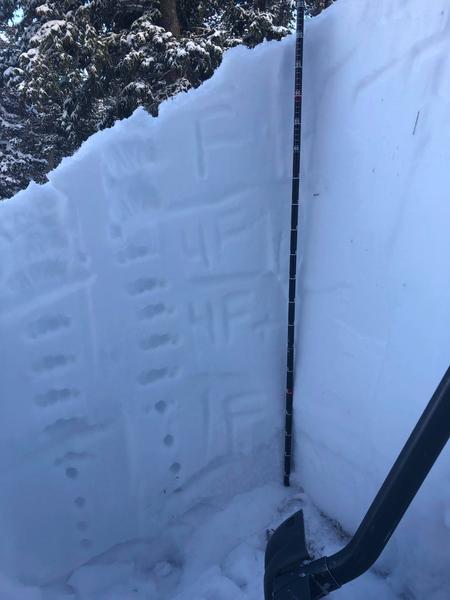Forecast for the Provo Area Mountains

Issued by Nikki Champion on
Friday morning, December 27, 2019
Friday morning, December 27, 2019
A MODERATE DANGER remains for human triggered sluff and storm slab avalanches on all upper elevation aspects and northwest through east-facing slopes at mid-elevations. Human triggered avalanches are possible.
An isolated MODERATE DANGER ALSO EXISTS for triggering an avalanche 2-5' deep on northwest through east facing aspects. Continue to avoid steep rocky terrain as well as shallow slopes that have already avalanched this season.
The Fine Print - If the winds pick up earlier than expected OR we see more sun than forecast, the new snow will be more sensitive in steeper terrain .
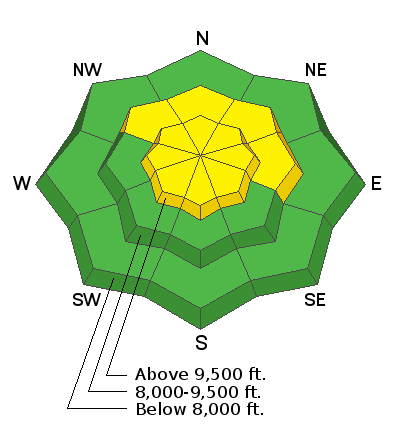
Low
Moderate
Considerable
High
Extreme
Learn how to read the forecast here


